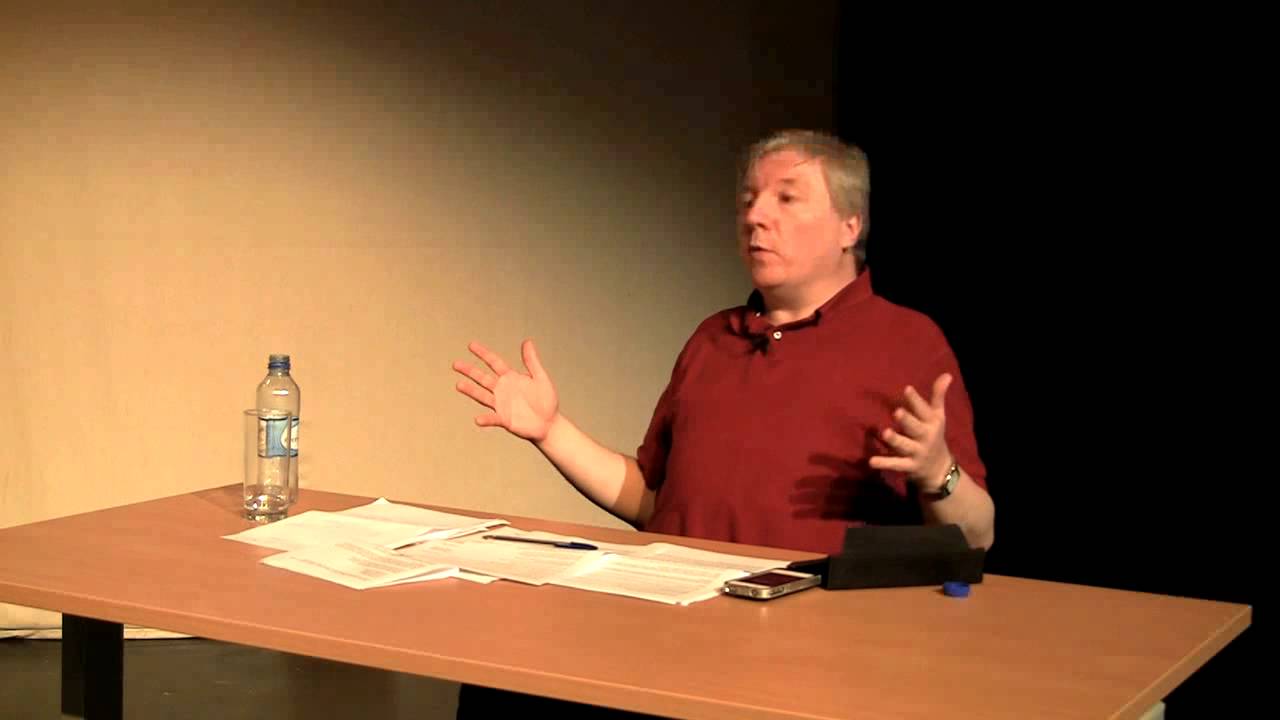Below, you can view a discussion between Michael Nugent and David Glass on the resurrection that was part of a debate on the existence of God. The full debate can be viewed here.
David mentions that sixteen facts are best explained by the “Resurrection Hypothesis”; these are:
1. Jesus was put to death by crucifixion. This was a shameful death which should have devastated the disciples and ended Jesus’ movement.
2. His body was buried in an identifiable tomb (Joseph of Arimethea’s).
3. A few days later a group of women followers claimed that Jesus’ tomb was empty; soon after, Jesus closest disciples made the same claim.
4. It would have been more convenient for the Church if the discovery of the empty tomb had been made by men (whose testimony was considered more reliable) and by one of the early heroes of the faith (like Stephen or Cleopas).
(Indeed, all the early witnesses are described as confused, perplexed and even sceptical. These are “warts and all” accounts, which do not attempt to whitewash the disciples. They do not even attempt to harmonise the eyewitness accounts (compare Luke’s descriptions of Paul’s conversion with the road to Emmaus) )!
5. The disciples were not expecting Jesus to be resurrected. Resurrection was only meant to happen at the end of time to all the saints! It was not meant to happen to the Messiah in the middle of Israel’s story! In fact, Jews had many other ways of conceiving life after death: the disciples could have claimed to have seen Jesus’ angel, or his Spirit in heaven, or that Jesus had been translated into a “star”. It was decidedly odd to claim Jesus had been resurrected from an identifiable tomb.
6. Multiple appearances took place in which many people who had known Jesus well believed they had seen him alive again.
7. Paul, who initially persecuted the early Christians, became a follower of Jesus as a result of believing he had seen the risen Jesus.
8. James, the brother of Jesus, who was not a follower of Jesus before the crucifixion became a follower afterwards. He also became a leader in the church in Jerusalem and was put to death for his faith.
9. The Christian movement started in Jerusalem, where Jesus had been crucified, shortly after the crucifixion. It would have been very easy for friend and foe alike to examine Jesus’ tomb.
10. The message of the early Christians focused on the death and resurrection of Jesus. The term “resurrection” could only mean that Jesus’ body had been raised from the dead. Jews could no more believe in a spiritual resurrection than they could a square circle.
11. The early Christians met on the first day of the week, and not on the Jewish Sabbath. Something about the first day of the week was significant to the first Christians.
12. The early Christian church had a highly exalted view of Jesus.
13. The early Christians were willing to die for their faith.
14. There was no attempt to venerate Jesus’ tomb.
15. Jewish apologetic claimed that the disciples stole the body; so Jewish critics agreed that the tomb was identifiable and empty.
16. The early church grew in a Hellenistic context that would have been hostile to the idea of bodily resurrection. Gentile philosophers wanted to escape the confines of the body; they didn’t want to be trapped in their bodies forever! The belief in resurrection is not a legend which developed as the church grew. Belief in the Resurrection was very “Jewish” and must be traced back to the first days of the Church in Jerusalem.
For full-length debates on the resurrection see
William Lane Craig and Bart Ehrman
Other William Lane Craig debates
N. T. Wright and John Dominic Crossan
Gary Habermas videos (including debate with Antony Flew)

